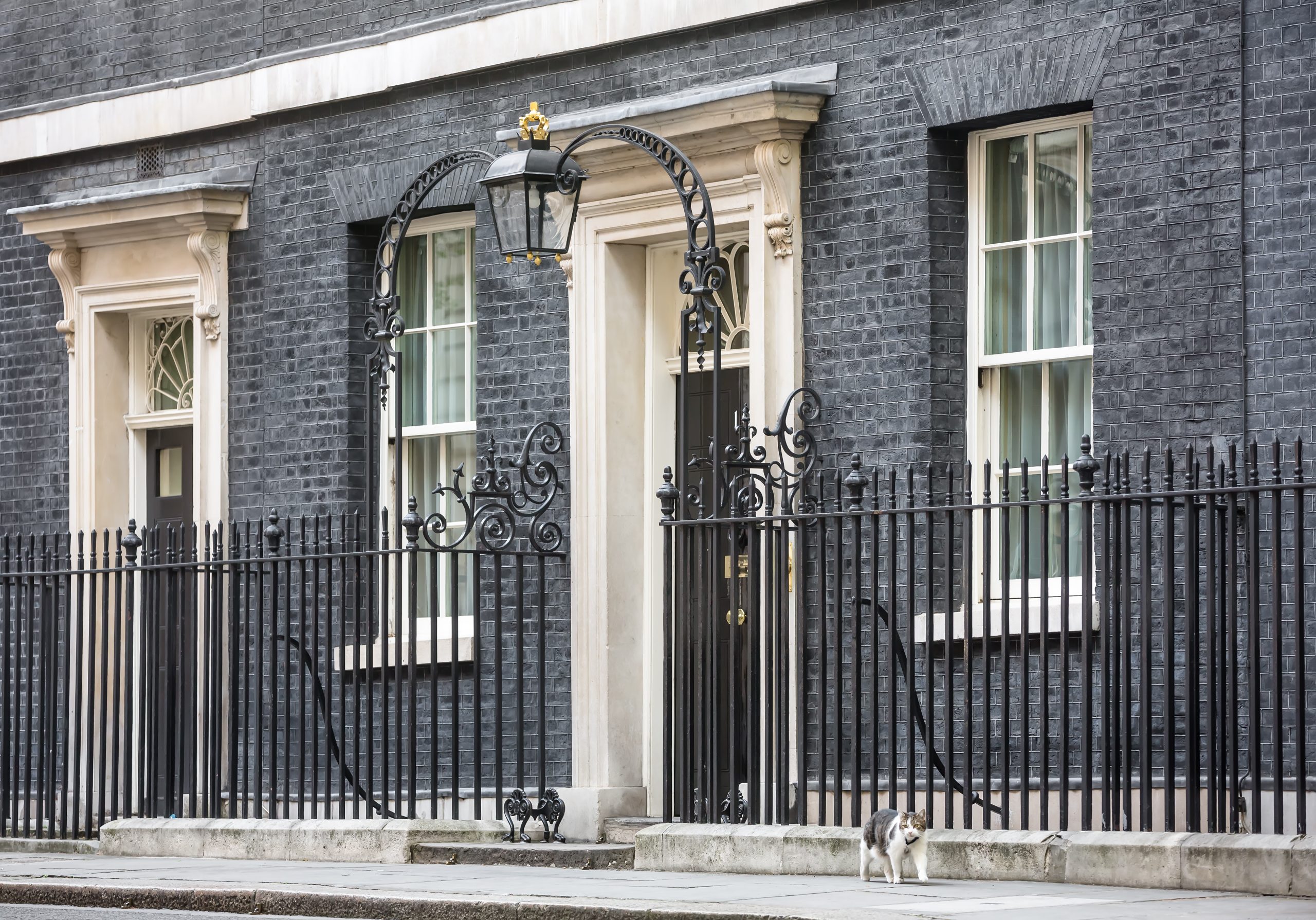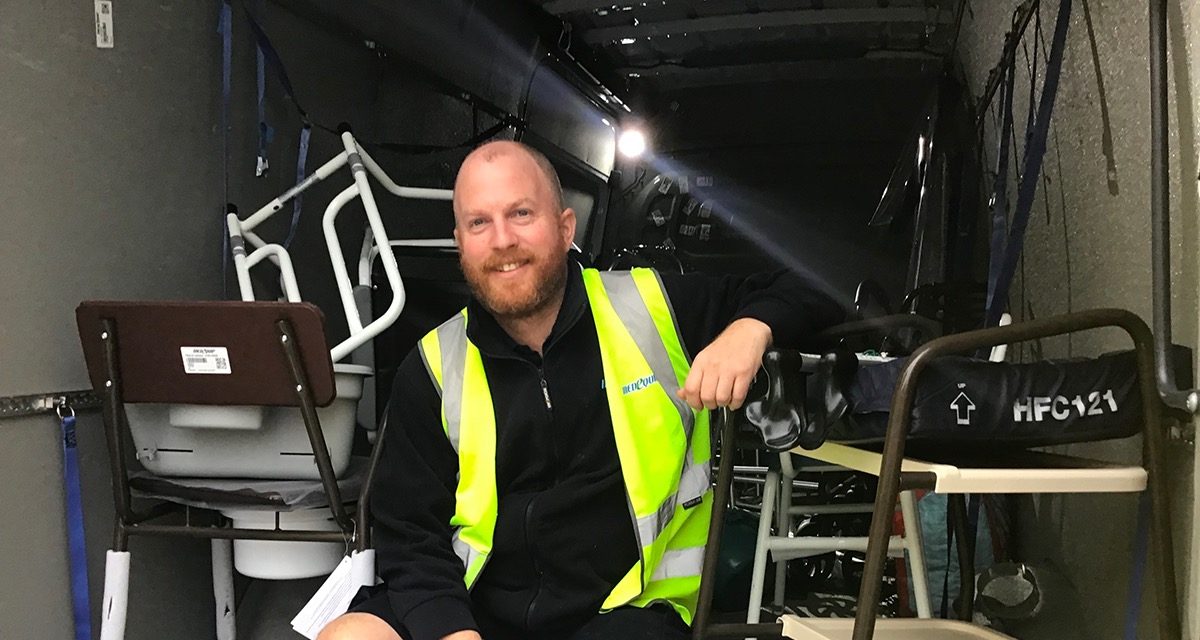Funding to Deliver Two Million Extra NHS Appointments

Funding to support the delivery of an extra two million NHS operations, scans and appointments a year to significantly cut waiting lists across England has been announced by the Chancellor and Health Secretary.
Ahead of her Budget on 30 October, the Chancellor confirmed that the NHS will receive the funding needed to deliver an extra 40,000 elective appointments per week, delivering on one of the Government’s First Steps in office to reduce waiting times in the NHS. This includes an additional £1.8bn the government has invested in elective activity this year since the July Statement.
This will be supported by a significant uplift of capital investment, with new capacity including surgical hubs and scanners, meaning thousands of additional procedures and millions of diagnostic tests across the country, alongside funding for new radiotherapy machines to improve cancer treatment.
The waiting list reached more than 7.6 million earlier this year
In his recent independent investigation into the NHS in England, Lord Darzi highlighted that the NHS is in “critical condition”. Patients across England are waiting too long, with the waiting list at over 7.6 million in August. In the same month, over 280,000 had been waiting for an operation, scan or appointment for over a year.
The announcement is an integral step in reducing the waiting list and puts the NHS on course to meet the commitment that 92% of people wait less than 18 weeks to start treatment in the NHS.
The Chancellor’s budget set out how the government will fix the foundations to deliver change, by fixing the NHS and rebuilding Britain, while ensuring working people don’t face higher taxes in their payslips. It will focus on “investment, investment, investment” in order to get the economy moving again and demonstrate how this government will take the long-term decisions needed to grow the economy and restore the country’s public services.
Chancellor of the Exchequer Rachel Reeves said:
“Our NHS is the lifeblood of Britain. It exemplifies public services at their best, there for us when we need it and free at the point of use, for everyone in this country.
“That’s why I am putting an end to the neglect and underinvestment it has seen for over a decade now. We will be known as the government that took the NHS from its worst crisis in its history, got it back on its feet again and made it fit for the bright future ahead of it.”
Health and Social Care Secretary Wes Streeting said: “Our NHS is broken, but it’s not beaten, and this Budget is the moment we start to fix it.
“The Chancellor is backing the NHS with new investment to cut waiting lists, which stand at an unacceptable 7.6 million today. Alongside extra funding, we’re sending crack teams of top surgeons to hospitals across the country, to reform how they run their surgeries, treat more patients, and make the money go further.”
Building an NHS fit for the future is one of this Government’s five priority missions; but it is clear that alongside sustainable investment, the NHS will need significant reform across the board to be truly transformed.
Billions to be invested in technology and digital innovations
The Chancellor has therefore confirmed an ambitious reform programme across health and social care in England, including reforming the delivery of elective activity and patient pathways. Billions of pounds are set to be invested in technology and digital innovations across the NHS to boost productivity and unlock significant savings for the NHS in the long-term.
The funding comes after the Government last week launched ‘Change NHS: help build a health service fit for the future’, a national conversation to help develop the 10 Year Health Plan, which will set out our long-term vision for health and the path to delivering the three shifts to reform and transform health: hospital to community, analogue to digital, and sickness to prevention.
Starting this week, the NHS will help people back to health and back to work by sending teams of top clinicians to hospitals across the country to help roll out reforms to cut waiting lists in hospitals – which will start with those in areas of the highest economic inactivity.

